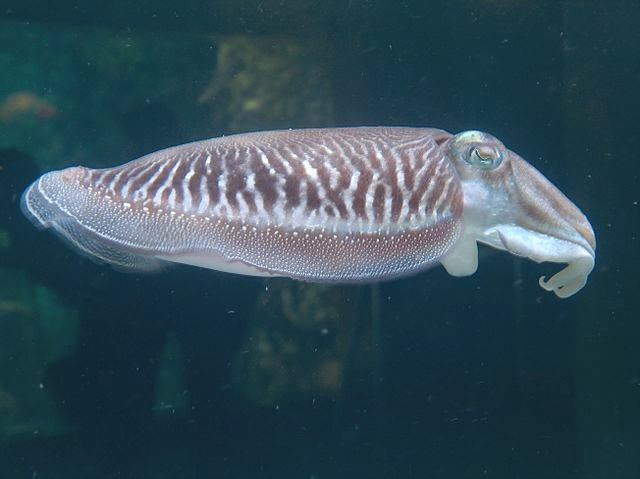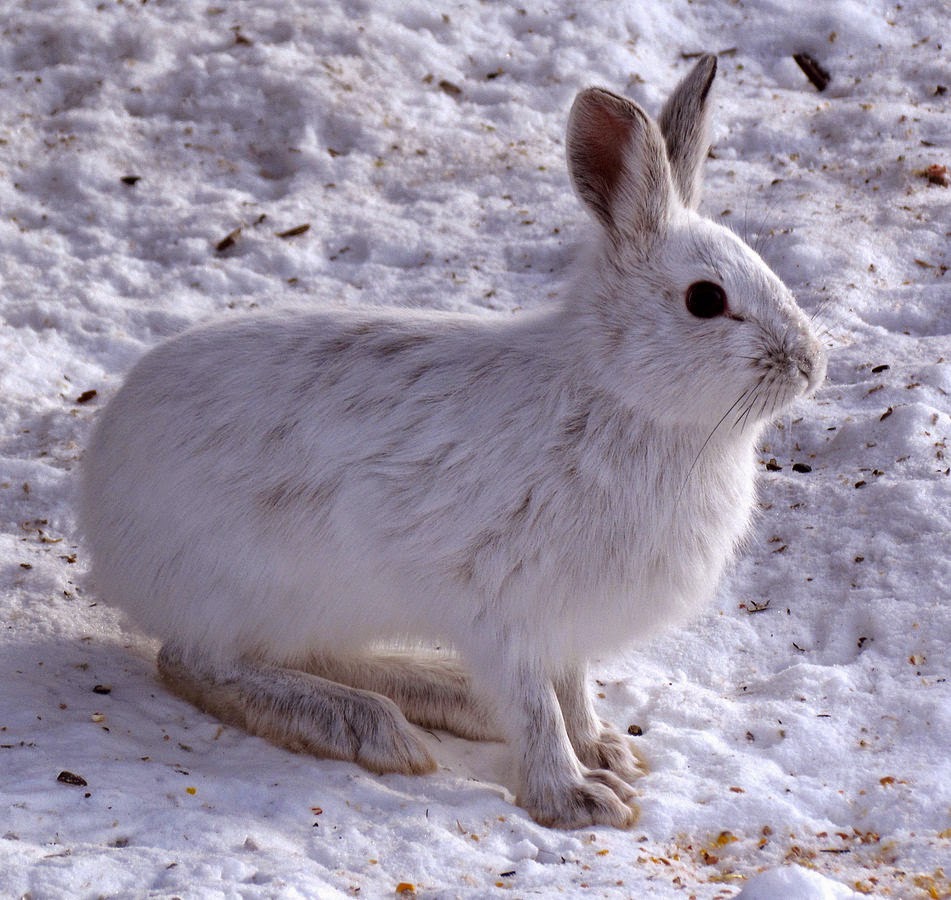 |
| Peacock has magnificent feathers. |
Since 2018 was announced as “Year of Bird” by
world known organizations such as National Geographic, National Audubon
Society, BirdLife International, and the Cornell Lab of Ornithology, we are
here going to share the same spirits to know more about the bird’s world. There
are plenty of articles about birds in this blog but mostly written in Malay.
Today we will see another special characters about this wonderful creature.
Birds are known for their colourful plumage,
beautiful sounds and the most important ability to fly. Even though not all
birds share the same capabilities as some of them have dull colouration nor the
ability to flies. Birds same as any other species in the world plays important
roles in the ecosystem and most of them are threaten to extinction.
 |
| Pigeon can adapt to live among human. |
 |
| Flightless bird have ability to protect itself. |
There are around 9,800 to 10,500 species of
birds (well the numbers are varies caused by the classification of taxonomic viewpoint),
but still showing large numbers of species. From that numbers only some of them
can survive in modern day world to live among human such as pigeons, crows, house
sparrow, starling, robin, falcon and few others. Unfortunately living in their unnatural
habitats, most of these birds are considered as pest rather than how beautiful
they are supposed to be.
In this short article we are going to see how
beautiful the birds can be. Since the birds has the ability to fly, some bird
plumage are totally to attract mates rather than to avoid predators. These are
true mostly for birds of paradise that lives millions of years isolated from
predators. While some other lost their ability to fly such as kiwi, dodo,
kakapo, penguins, ostrich, emu, and cassowary. Most of the flightless birds
already extinct.
 |
| The most elaborate feathers in peacock. |
Perhaps we all know the most elaborate plumage
of peacock where the length of their tail’s feathers exceed their body’s length.
The peacock also have iridescent colours of blue, green and mixture of yellow
and brown. Peacock had inspired human in many ways, and their plumage been used
for decorations in sacred rituals.
 |
| Scarlet Macaw have the brightest colours in parrot's family. |
Then they are family of parrots. Another stunning
colourful birds - mostly found in tropical forest. Not just their colourful
feathers are so stunning, their beak shapes also make it looks cuter. Parrots
of the tropics has more colourful plumage with iridescent colours. Here in the
tropics their colours still blend in perfectly to the dense of forest canopy.
 |
| Flamingo live in large group. |
Different with flamingo with shades of pink
colours. Their colours actually come from their food source. They are born with
white feathers, as their parents feed them – the parent’s colours will turn
pales while theirs chicks will change to pink.
 |
| Greater Bird of Paradise showing their beautiful plumage. |
 |
| The distribution of Birds of Paradise in Papua New Guinea. |
As we mentioned above, far-far away in the East
at Papua New Guinea there are groups of birds known as birds of paradise with
different characters. These groups of birds not only have beautiful plumage,
but most of them have special ways to attract mates - all species have their
own unique courtship dance. Here in this island, these birds can concentrate
their energy to attract mates than thinking about to avoid predators.
Since there are thousands of birds and most of
them have colourful plumage, here are small examples that you can start with. The
more we know about these beautiful creatures the more we understand how to help
them to survive in the wild or perhaps in the urban areas too.





























